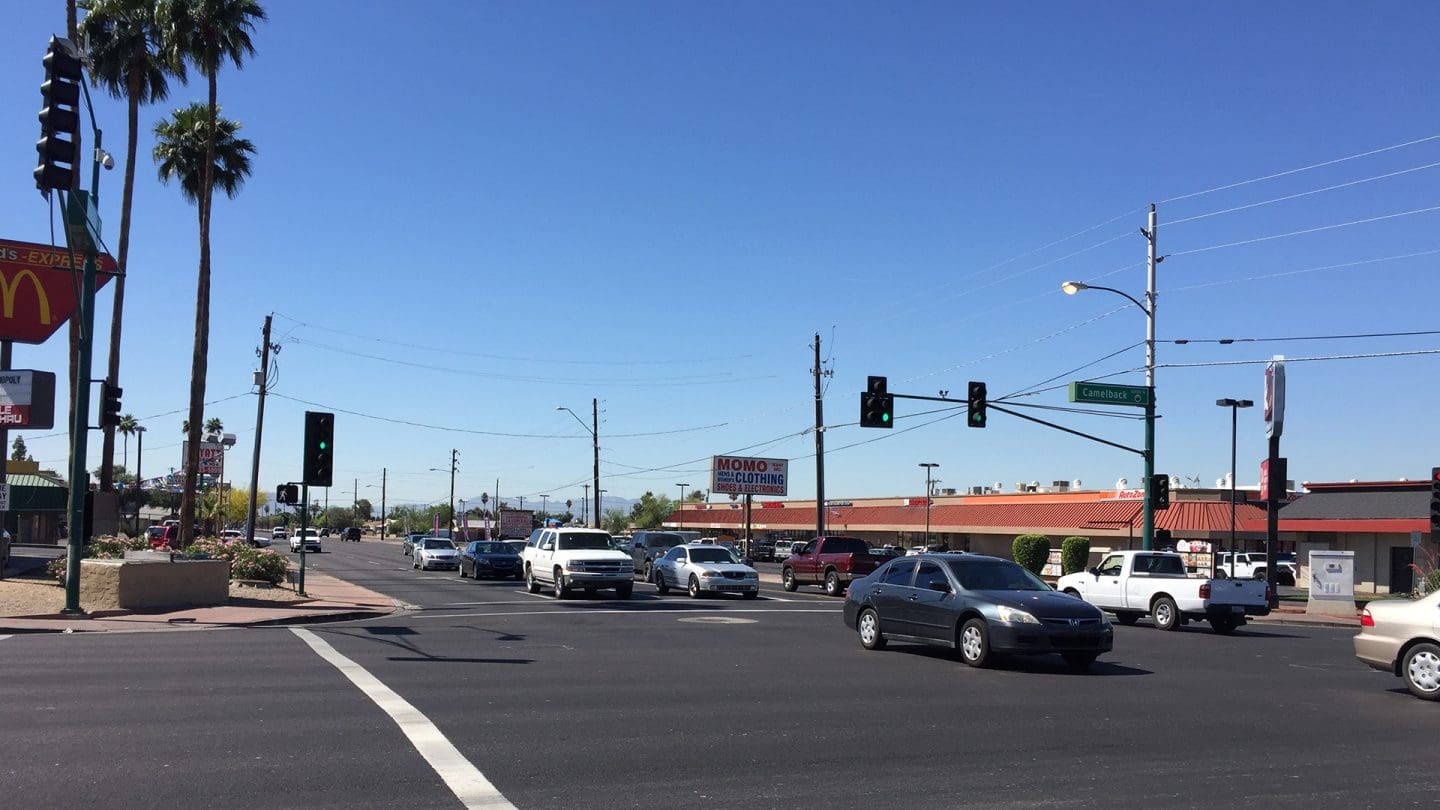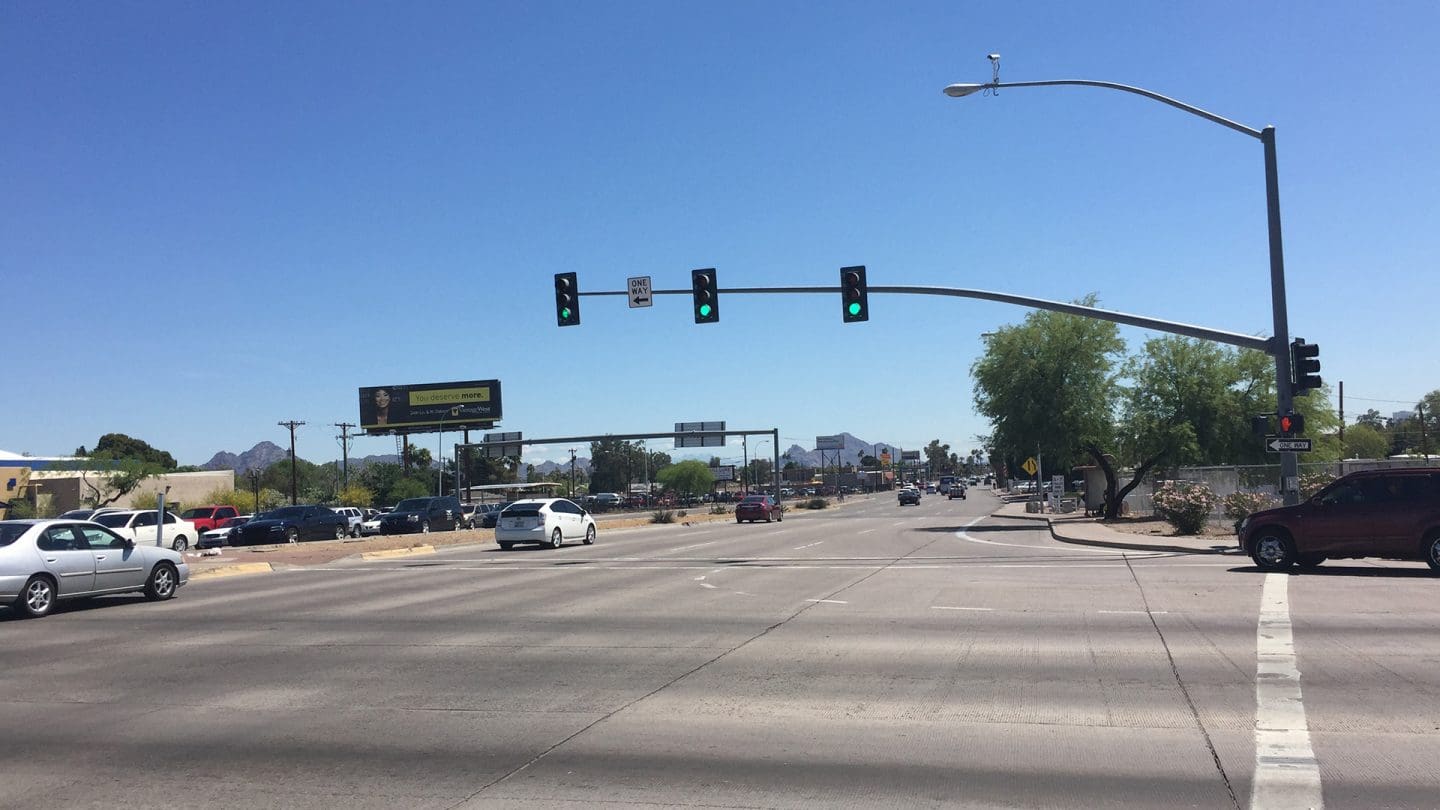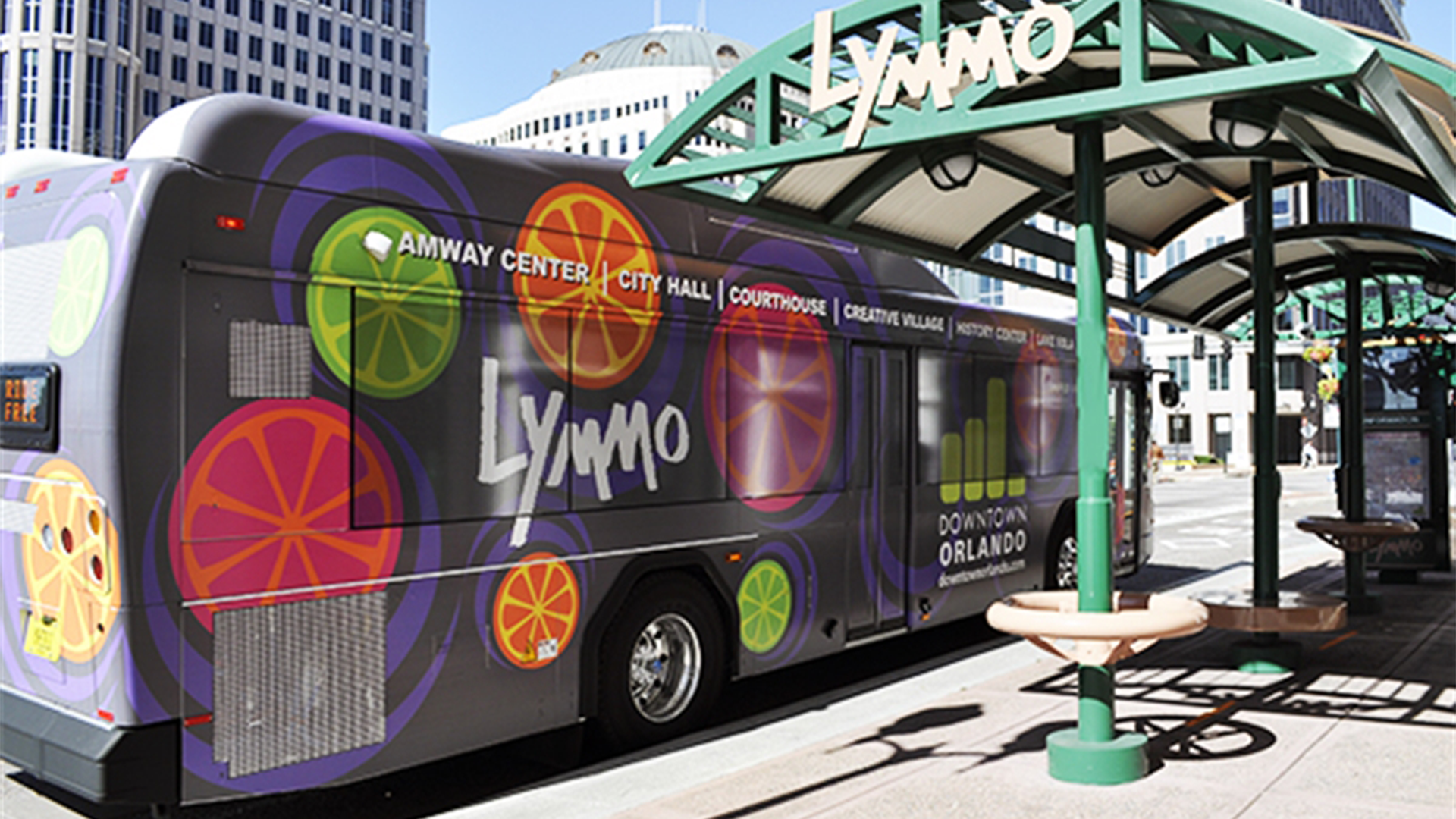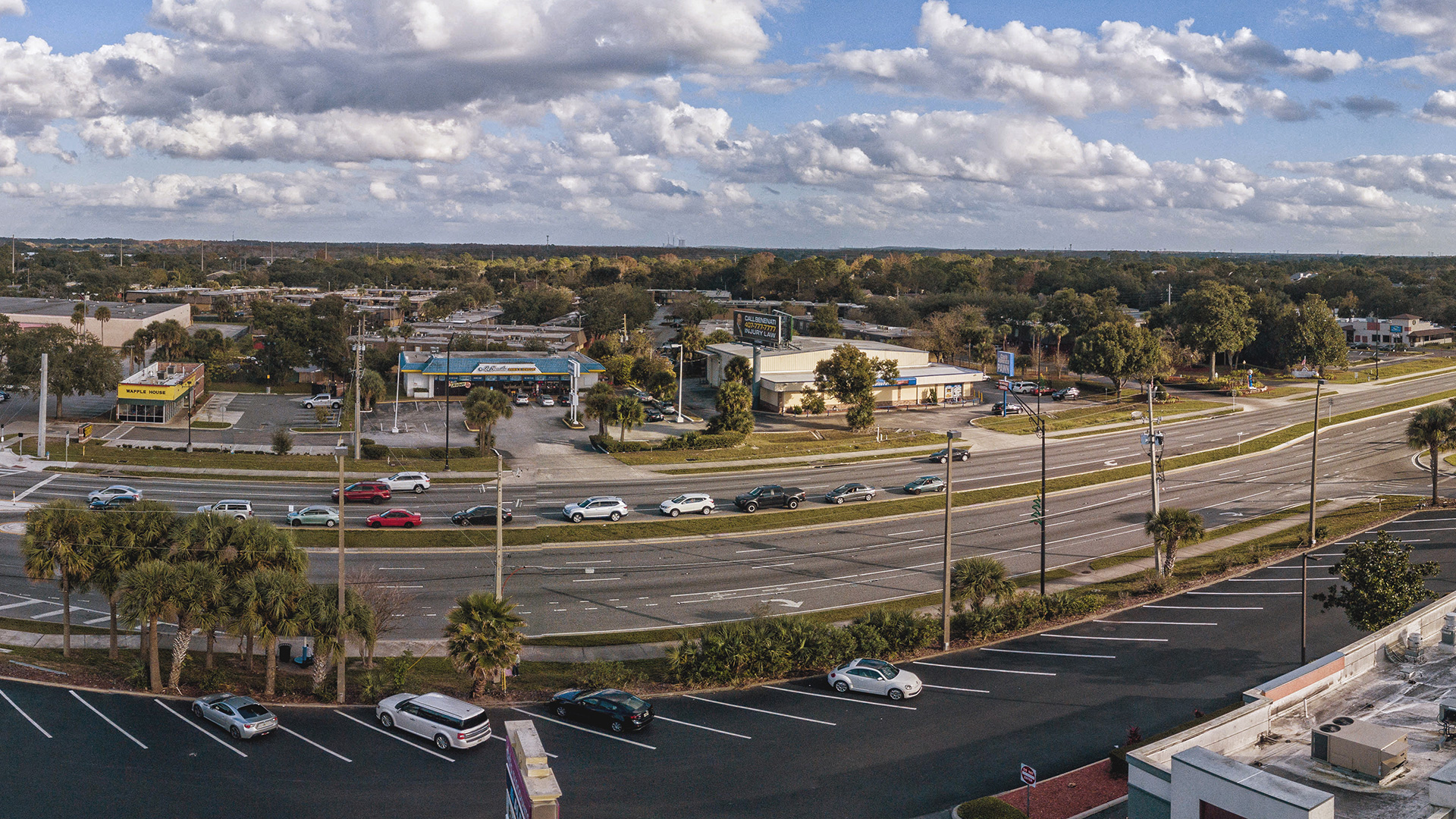Challenge
Indian School Road and Camelback Road are major east-to-west arterials that cross Interstate 17 (I-17) within Phoenix city limits. The traffic interchanges on I-17 at these two locations were coordinated with adjacent intersections at various times between 2001 and 2012. In 2013, the Arizona Department of Transportation (ADOT) implemented a new formula for calculating clearance and pedestrian intervals. These changes, in concert with increasing traffic volumes in the area, required longer cycle lengths at the traffic interchanges on I-17 in order to minimize phase failure and avoid ramp queuing back onto the I-17 mainline. Consequently, the I-17 traffic interchanges were set to operate in an uncoordinated free mode, making I-17 a barrier for east-west progression on Indian School Road and Camelback Road.
Solution
Kittelson developed several signal timing plans to be implemented for different traffic patterns on Camelback Road and Indian School Road that provides east-west progression across I-17.

I-17 Indian school rd_2

I-17 Indian school rd_3
The Outcome
Flexible Signal Patterns Save Time, Frustration
These signal timing plans resulted in substantial reductions in travel time and delay for east-west traffic on Indian School Road and Camelback Road. A before-and-after study conducted by an independent firm indicated that travel times were reduced by approximately 60% in the peak direction of travel on both corridors crossing I-17.



